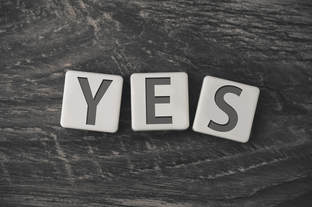|
By: Ashley Sloat, Ph.D. The Cannabis industry is blossoming so it seems only prudent for us to share with you thoughts about how you can protect your Cannabis-related innovation in this new age of legalized medical marijuana and recreational use, at least in some states. In this post, I discuss the use of Plant Variety Protection Certificates, Plant Patents, Design Patents, and Utility Patents to protect your innovation and some of the pitfalls of these various mechanisms.
1 Comment
By: Ashley Sloat, Ph.D. One of the more frequent questions I get from clients, when they receive their first patent office rejection and the rejection includes a published U.S. patent application, is: “This publication didn’t even become a patent and they aren’t even practicing what they said in the patent. Is this a legitimate reference?” The short answer to the question is “Yes.” The long answer is still “yes” but with some context. References (or in other words the “art”) that can be used by the United States Patent and Trademark Office in a rejection include all references that were in the public domain prior to the earliest filing date of the client’s application. This may include public/published presentations, dissertations, newspaper articles, journal articles, web content, and yes, event published patent applications that never became an issued patent. A skilled draftsman (such as those found at Aurora Consulting :) ) will include many variations and various embodiments of the technology in the patent application. The client may never practice or implement these variations or may never even intended to practice or implement these variations, but these various embodiments and variations are included in patent applications to provide breadth and options to the client over the long-term. These various embodiments, by virtue of the patent application publication process (publication occurs 18 months after filing date), become available to the public and thus ripe for use in rejections. I get it - it does some unfair that patent applications that never issued can be used in rejections- but the fact is they can be and are used. What a client needs in turn is a skilled draftsman that can assess the art, draft claims that avoid the art, and include significant breadth in drafted patent applications to give the client a leg up on future competitors - basically doing the same thing to future patent filers as previous patent filers have done to you.
|
Ashley Sloat, Ph.D.Startups have a unique set of patent strategy needs - so let this blog be a resource to you as you embark on your patent strategy journey. Archives
July 2024
Categories |


 RSS Feed
RSS Feed